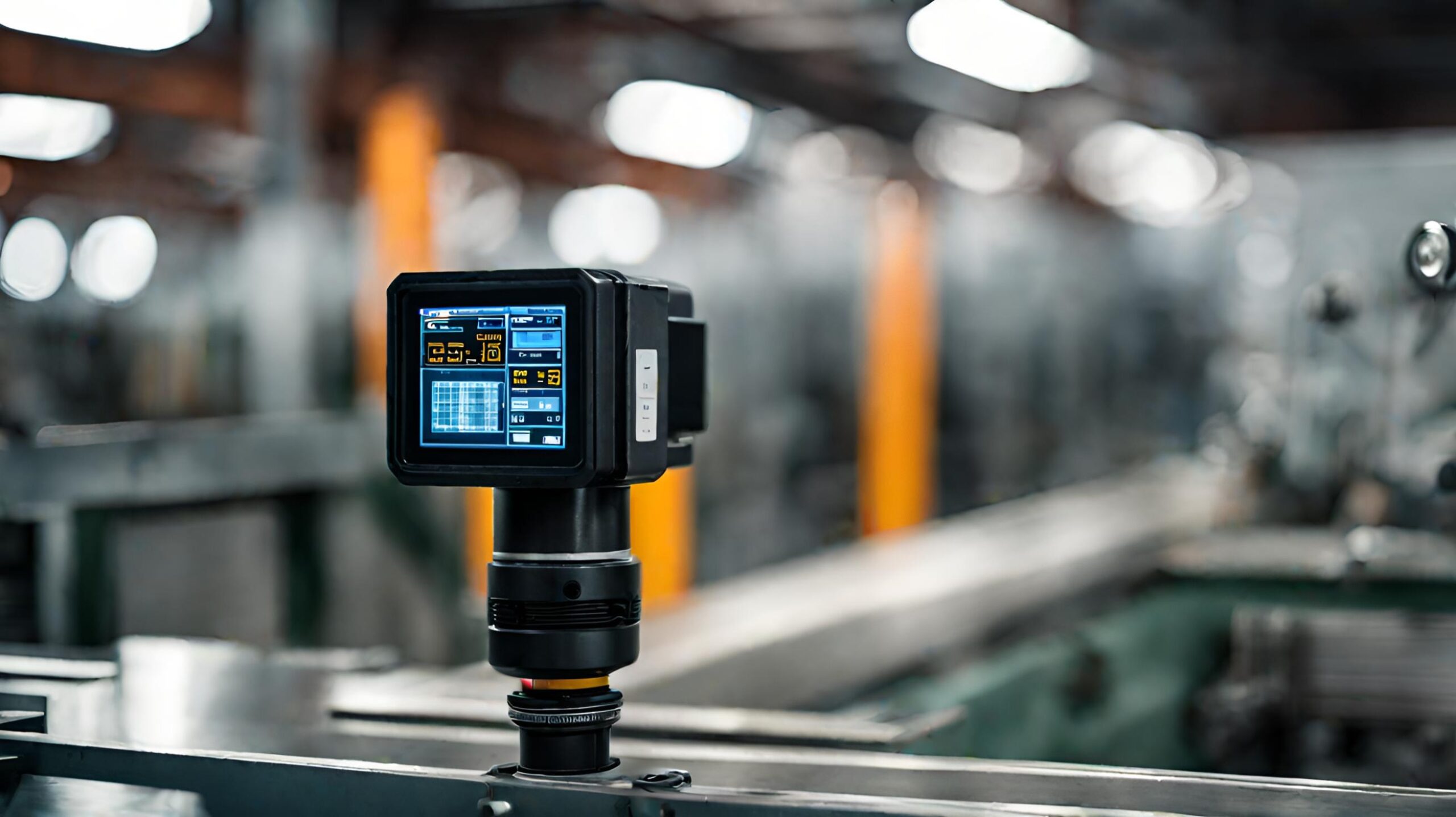The development of sensors used in IoT (Internet of Things) based systems has seen remarkable advancements in recent years, driven by the increasing demand for connected devices and the proliferation of IoT applications across various industries.
These advancements enable the creation of smarter, more interconnected IoT ecosystems that revolutionize industries, improve quality of life, and drive innovation across various domains.
Miniaturization and Integration:
The miniaturization of sensor components and their integration into compact, multifunctional devices allows the deployment of sensors in various environments where space is limited, such as wearable devices, smart home appliances, and industrial machinery.
Power Efficiency:
Improving power efficiency prolongs battery life and enables wireless operation in IoT devices. This involves the use of low-power design techniques without compromising sensor performance.
Enhanced Sensing Capabilities:
By enhancing sensing capabilities, we can capture a broader range of data with higher accuracy and precision. This includes the development of sensors with advanced features such as multi-modal sensing (e.g., combining multiple sensing modalities in a single device), environmental monitoring (e.g., measuring air quality, temperature, humidity), and contextual awareness (e.g., detecting motion, proximity, orientation).

Wireless Connectivity:
Sensors in IoT systems are increasingly equipped with wireless connectivity capabilities (Wi-Fi, Bluetooth, Zigbee, or LoRa). This allows for real-time data transmission, remote monitoring, and control of IoT devices over the internet.
Data Processing and Analytics:
Sensor development also involves the integration of onboard processing and analytics capabilities to preprocess sensor data locally and extract valuable insights before transmitting it to the cloud or edge computing platforms.
Security and Privacy:
Sensor development includes the implementation of robust security mechanisms, encryption techniques, and authentication protocols to safeguard sensor data from unauthorized access and cyber threats.
The data collected by sensors paves the way for AI-based technologies in precision agriculture. Whether it’s measuring humidity, analyzing air quality, monitoring temperature, or employing machine vision—even in motion—the possibilities are endless. Real-time monitoring has become a reality with sensors and AI, enabling more effective decision-making than ever before.
More infos and our sensor-based IoT solutions: Monitwin, PigBrother, Artemys here.
 2024-03-20
2024-03-20  PODCAST
PODCAST
 share
share


 Our website uses cookies
Our website uses cookies